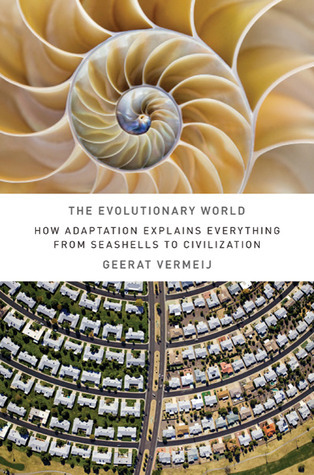What do you think?
Rate this book


314 pages, Hardcover
First published November 23, 2010
The largest known species during the Late Permian, Triassic, Late Jurassic, and Cretaceous periods weighed approximately 400,600 [sic], more than 1,000, and 5,700 kilograms respectively.